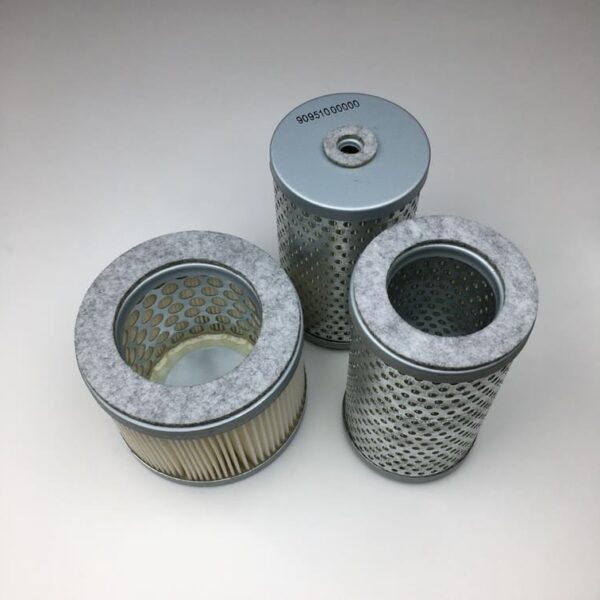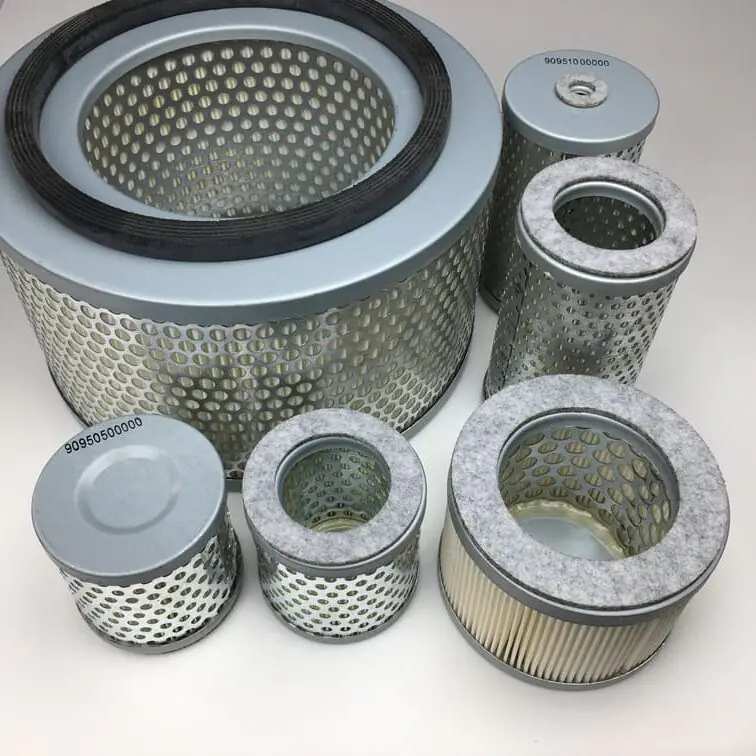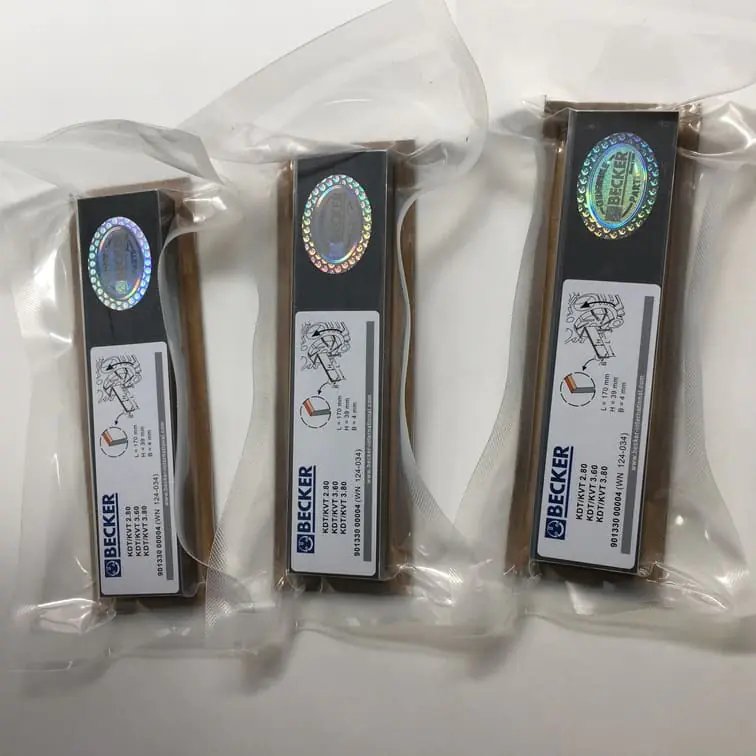Do You Turn Pump Off When Vacuuming Pool?
A swimming pool is a wonderful luxury to have, but keeping it clean requires some knowledge and attention. One of the common tasks for any pool owner is vacuuming the pool. During the vacuuming process, many pool owners often wonder, “Should I turn off the pool pump while vacuuming the pool?” In this comprehensive guide, we’ll go over the key aspects of vacuuming a pool, including when to turn the pool pump on or off, how to use different types of pool vacuums, and the best practices for achieving a clean swimming pool.
Understanding the Role of the Pool Pump in Vacuuming
To make an informed decision about whether to turn the pump off during vacuuming, it’s essential to understand how a pool pump functions and why it’s important for maintaining the health of your swimming pool. The pool pump circulates water, drawing it through the skimmer, vacuum head, and main drain before sending it through the filter and returning it to the pool.
When you vacuum a pool, the pump plays an essential role in sucking up dirt and debris from the pool floor. This collected debris is then directed into either the pool filter or waste line, depending on the settings used.
When to Keep the Pump On
If you are using a manual vacuum head attached to the vac hose, keeping the pump on during the process is necessary. Here’s why:
- Suction Power: The pump must be on to provide sufficient suction to the vacuum head. Without the pump running, the vacuum head cannot pull debris effectively from the bottom of the pool.
- Filtering Debris: With the pump on, the multiport valve directs the collected debris to the filter. This helps in cleaning the pool water thoroughly.
- Water Circulation: Running the pump ensures that the water is moving through the pool filtration system, preventing stagnation.
For many pool owners, the pump is always turned on during vacuuming. The filtration system, powered by the pump, allows for the removal of particles and debris that would otherwise remain in the pool.
When Should You Turn the Pump Off?
There are some situations where turning off the pump may be advisable:
- Priming Issues: If your pool has priming problems, the pump might need to be turned off and then on again to build sufficient suction. This is more of a troubleshooting step and not part of the regular vacuuming process.
- Vacuuming to Waste: If you plan to vacuum a pool that has heavy debris, such as leaves after a storm, you may set your multiport valve to “waste”. This setting bypasses the filter, directing the debris straight out of the pool. In such a scenario, you may turn the pump on only when you are ready to start the vacuum, avoiding any unintentional water loss.
Different Pool Vacuuming Techniques
There are two primary types of pool vacuums—manual and automatic. Both methods require a different approach when it comes to managing the pool pump.
1. Manual Pool Vacuuming
Manual vacuuming requires you to attach a vacuum head to a telescopic pole and connect it via a hose to the skimmer inlet. Here are the steps involved:
Step-by-Step Manual Vacuuming Process
- Prepare the Equipment: Attach the vacuum head to the telescopic pole and connect the vac hose.
- Fill the Hose with Water: This helps prevent air from getting into the pump. Lower the hose into the pool and let it fill with water until there are no more air bubbles.
- Connect to the Skimmer: Plug the other end of the hose into the skimmer, ensuring that it’s connected properly for adequate suction.
- Turn the Pump On: The pump should be on to create enough suction power for the vacuum head.
- Vacuum Slowly: Move the vacuum head slowly across the pool floor to remove all debris effectively.
During this process, the multiport valve should ideally be set to “filter”. This allows the vacuumed debris to be captured in the filter, maintaining the pool’s water level.
2. Automatic Pool Vacuuming
Automatic vacuums are generally easier to use as they connect to your pool’s filtration system, reducing the manual work required. There are two types of automatic pool vacuums:
- Suction-side Vacuums: These connect to the pool skimmer and use the pump’s suction power to move around the pool.
- Pressure-side Vacuums: These vacuums connect to the return jet and require the pump to be running at all times to work effectively.
When using an automatic vacuum, the pool pump must be on for the vacuum to operate. These vacuums work best when the pump is running continuously to ensure proper movement and suction.
Important Note: Pool Water Levels
Always keep an eye on the water level when vacuuming the pool. The vacuuming process can cause the water level to drop, especially if you are vacuuming to waste. Make sure to fill your pool up to an appropriate level before beginning the vacuuming process.
Common Issues with Vacuuming Your Pool
While vacuuming your pool, there are several issues that you might encounter. Understanding these problems can help you troubleshoot quickly and get back to enjoying a clean pool.
1. Loss of Suction Power
Loss of suction is one of the most common problems while vacuuming the pool. Here are some possible reasons for loss of suction:
- Clogged Skimmer Basket: If your skimmer basket or pump strainer is full, it can impede water flow, reducing suction.
- Leaks in the Vacuum Hose: Air leaks in the vac hose can also reduce suction power. Inspect the entire hose for any holes or tears.
- Incorrect Multiport Valve Settings: Ensure that your multiport valve is set correctly, typically to the “filter” position unless vacuuming to waste.
Internal Link: For troubleshooting suction problems, you can explore our Becker Air Filters designed to keep the system clean.

2. Cloudy Water After Vacuuming
Cloudy water after vacuuming can occur if fine particles are stirred up during the process. To avoid this, move the vacuum head slowly across the pool bottom. Quick or jerky movements can release fine debris, making it harder for the filter to capture them.
Vacuuming to Waste vs. Filtering
There are two different settings to consider when vacuuming—vacuum to waste and vacuum to filter. The setting you choose will affect the cleanliness of your pool and the operation of the pump.
1. Vacuuming to Waste
Vacuuming to waste is ideal when dealing with heavy debris or after a significant algae bloom. This setting directs debris and dirty water away from the filter and out of the pool via the waste line.
- Advantages: Effective for large amounts of debris. Prevents clogging the pool filter.
- Disadvantages: Causes water loss. Requires refilling the pool afterward.
2. Vacuuming to Filter
Vacuuming to filter is the most common method. This setting directs the debris into the pool filter, which can then be cleaned out later. It’s ideal for light cleaning and everyday maintenance.
- Advantages: Maintains the pool water level. Less water wastage.
- Disadvantages: Requires frequent cleaning of the filter to maintain efficiency.
Best Practices for Pool Vacuuming
To ensure the best possible results, follow these best practices when vacuuming your pool:
- Prime the Hose Before Connecting: Make sure your vacuum hose is primed and free of air to prevent air from entering the pump.
- Clean Skimmer Basket Frequently: Cleaning the skimmer basket and pump strainer before vacuuming ensures optimal suction.
- Slow and Steady Movement: Move the vacuum head slowly to prevent stirring up debris and creating cloudy water.
- Backwash Filter: If you are using a sand filter, always backwash the filter after vacuuming to waste or after removing large debris.
FAQs
1. Should I vacuum to waste or to the filter?
Vacuuming to waste is ideal for large debris, whereas vacuuming to filter works well for regular pool cleaning and lighter dirt. Choose the method depending on the amount of debris present.
2. Can I vacuum the pool without using the pump?
No, you cannot vacuum the pool without using the pump. The pump is essential to provide the suction needed for the vacuum head to remove debris effectively.
3. Why does my pool lose water when vacuuming?
If you have set the multiport valve to “waste,” the dirty water is bypassing the filter and being expelled, resulting in a loss of pool water. Always refill the pool after vacuuming to waste.
4. What should the multiport valve be set to when vacuuming?
Typically, the multiport valve should be set to “filter” for normal vacuuming. Set it to “waste” only if you need to remove heavy debris without clogging your filter.
5. How often should I vacuum my pool?
For optimal cleanliness, vacuum the pool at least once a week or whenever there is a noticeable accumulation of debris on the pool floor.
Conclusion
Vacuuming a pool is a critical part of maintaining a clean and healthy swimming environment. Whether using a manual or automatic vacuum, the pool pump should remain on to provide the necessary suction for cleaning the pool effectively. Turning off the pump during vacuuming will result in a lack of suction, making it impossible to remove dirt and debris from the pool surface.
In cases of heavy debris, setting the multiport valve to waste can help remove unwanted particles, although you may need to replace the lost water afterward. By following these steps and ensuring that your pool filtration system is clean, you can enjoy crystal clear water and a sparkling pool ready for swimming.
For more information on maintaining your pool’s vacuum pump or other pool equipment, consider exploring resources at vacuumpumppart.com to find high-quality replacement parts and expert advice.




